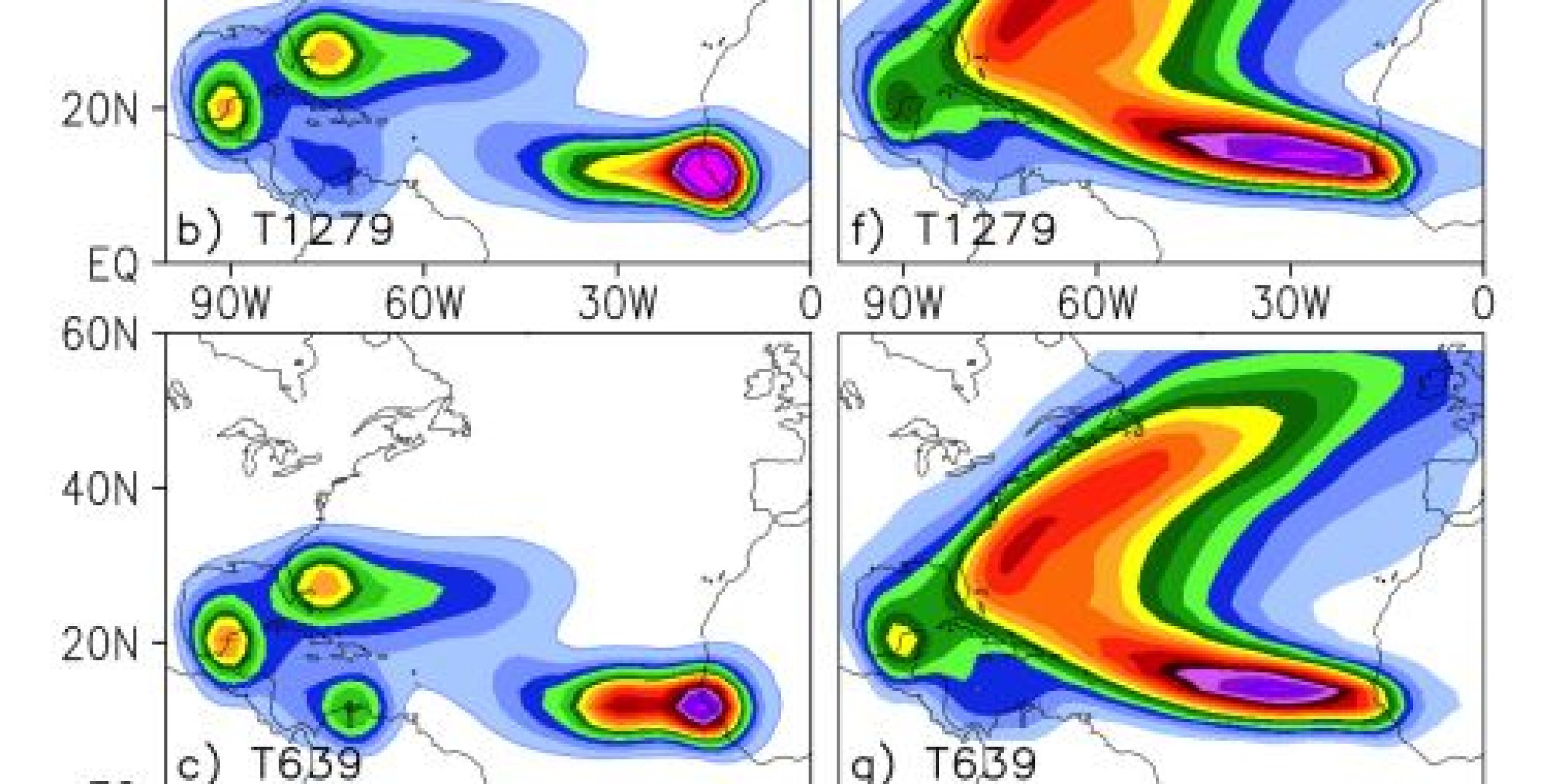

The study led by Julia V. Manganello (Center for Ocean-Land-Atmosphere Studies; COLA) assessed the TC forecast skill of Minerva, an experimental coupled prediction system, at three different high atmospheric resolutions. As part of Project Minerva, a collaboration between COLA and the European Centre for Medium-Range Weather Forecasts (ECMWF), the system was evaluated using seven-month hindcasts, or retrospective forecasts, from 1980-2011 of seasonal, basin-wide, and regional TC activity at 62km, 31km, and 16km atmospheric resolutions (spacing between model grid points) with at least 15 ensemble members. The research team found that using a higher resolution improved prediction skill for accumulated cyclone energy, a measure representing total intensity and duration of seasonal TC activity, and to a lesser degree, for TC frequency. The biggest improvement occurred when the model grid spacing (resolution) was reduced from 62 km to 31 km. Overall, the research indicates that high-resolution seasonal TC prediction could make substantial gains from more research on model improvement to overcome model biases.
To view the paper, go to: http://journals.ametsoc.org/doi/abs/10.1175/JCLI-D-15-0531.1



